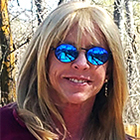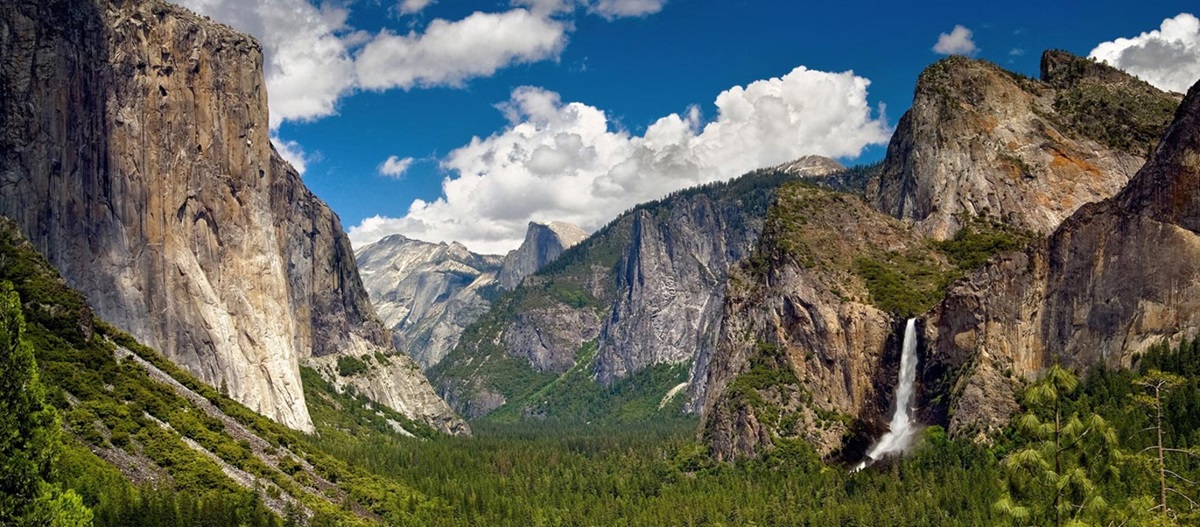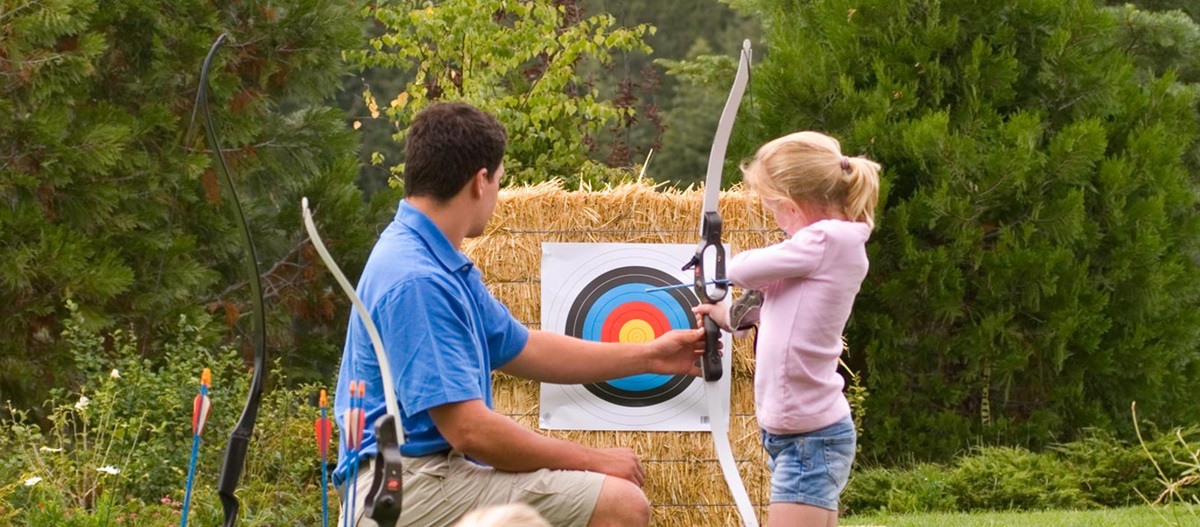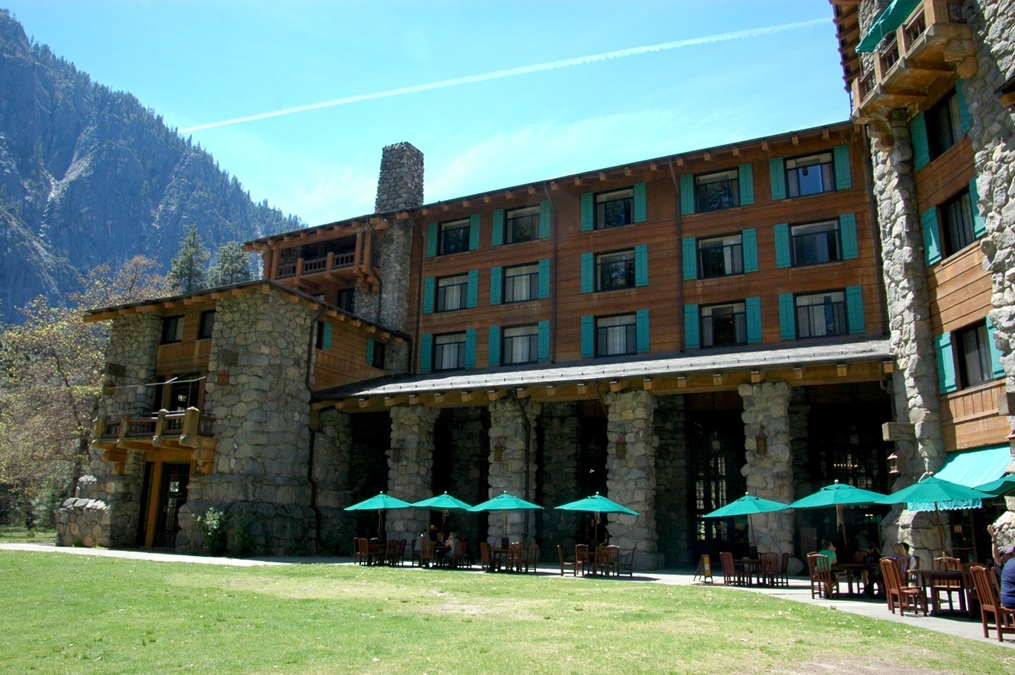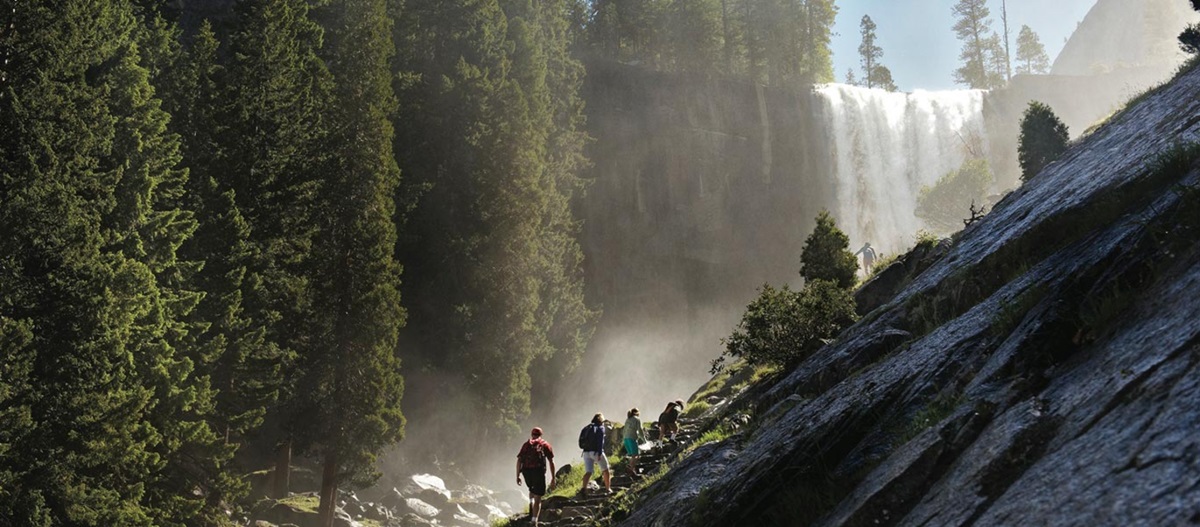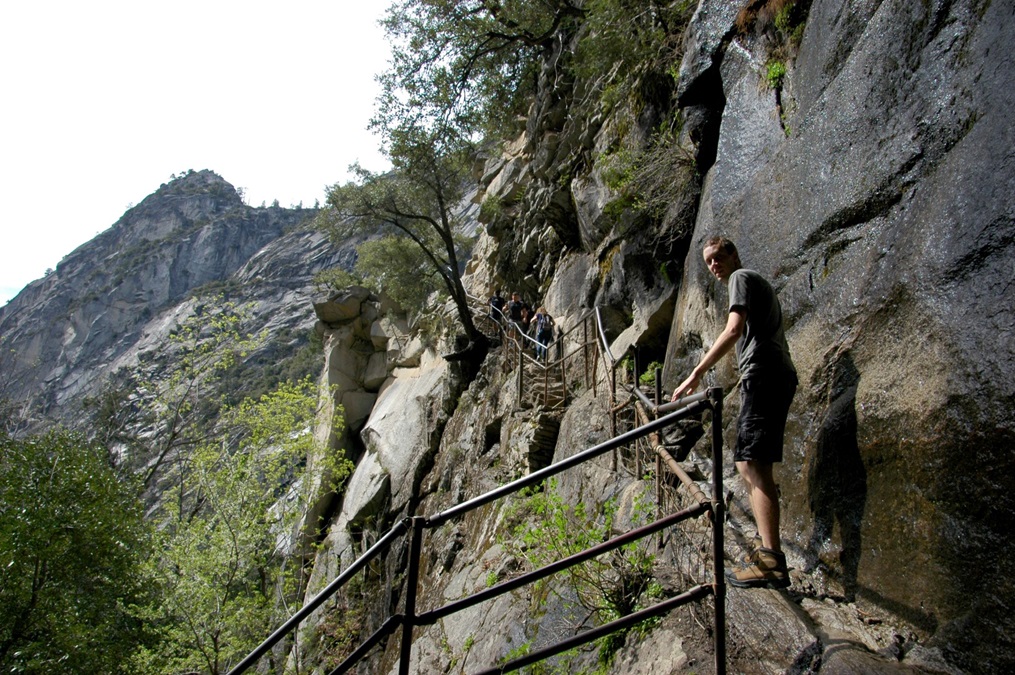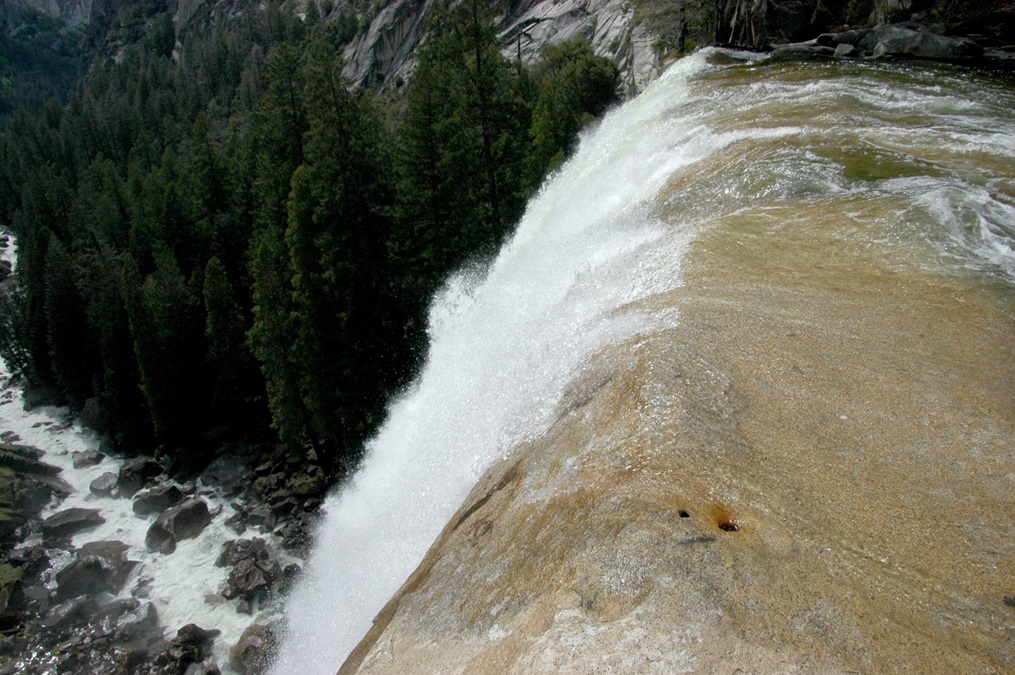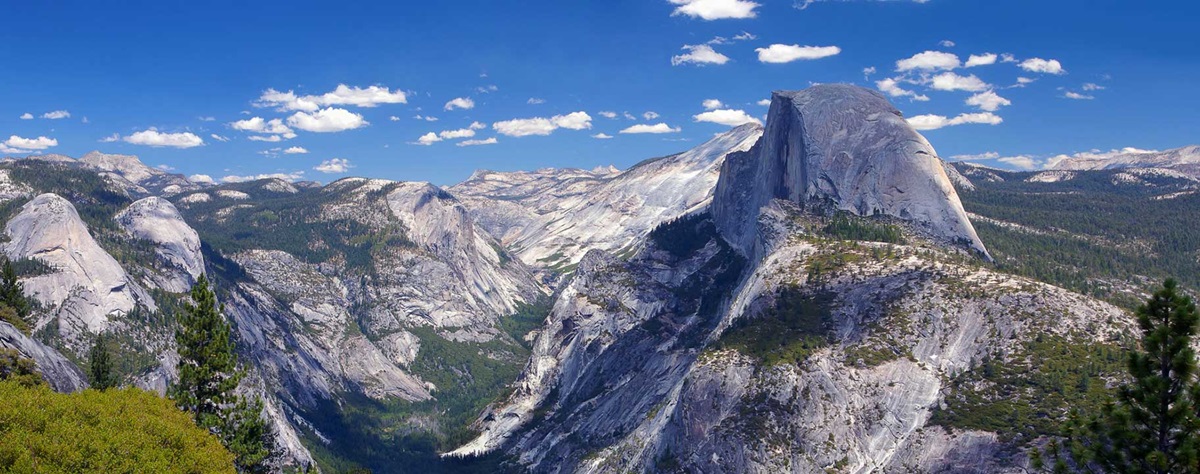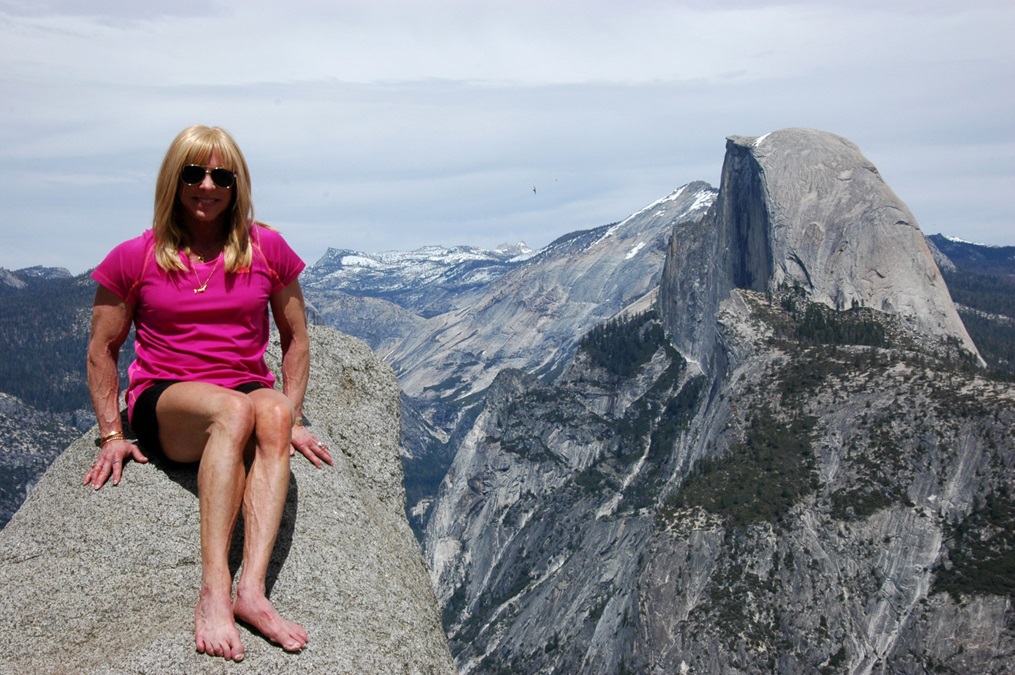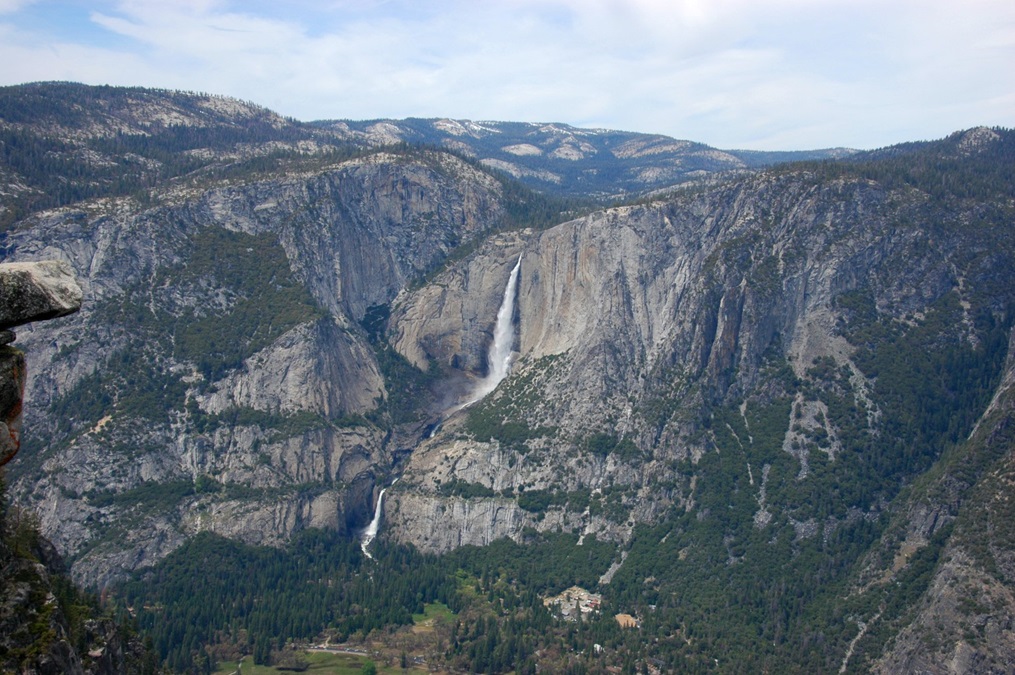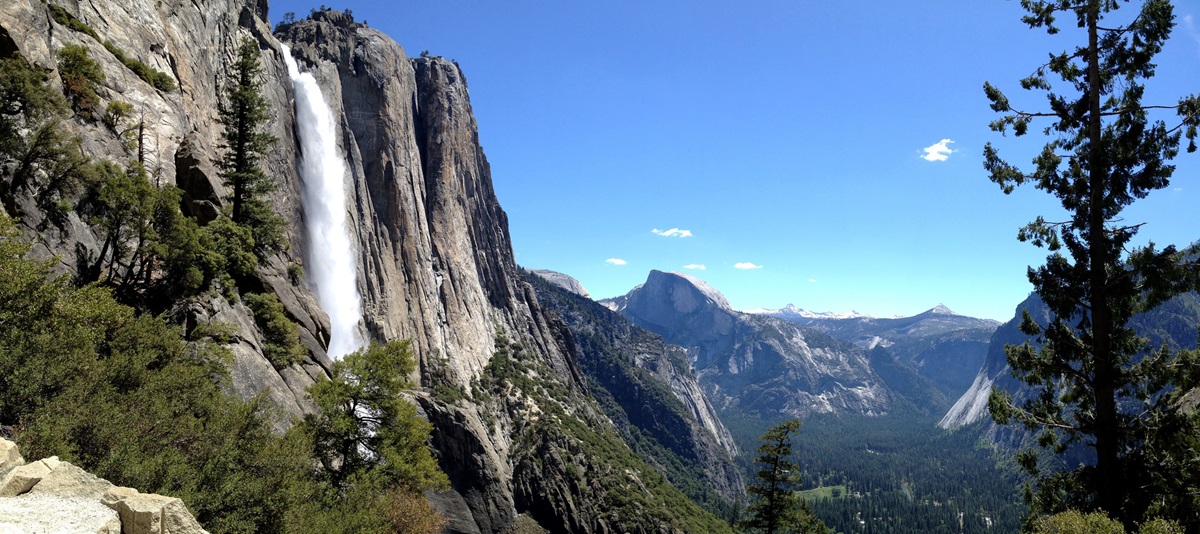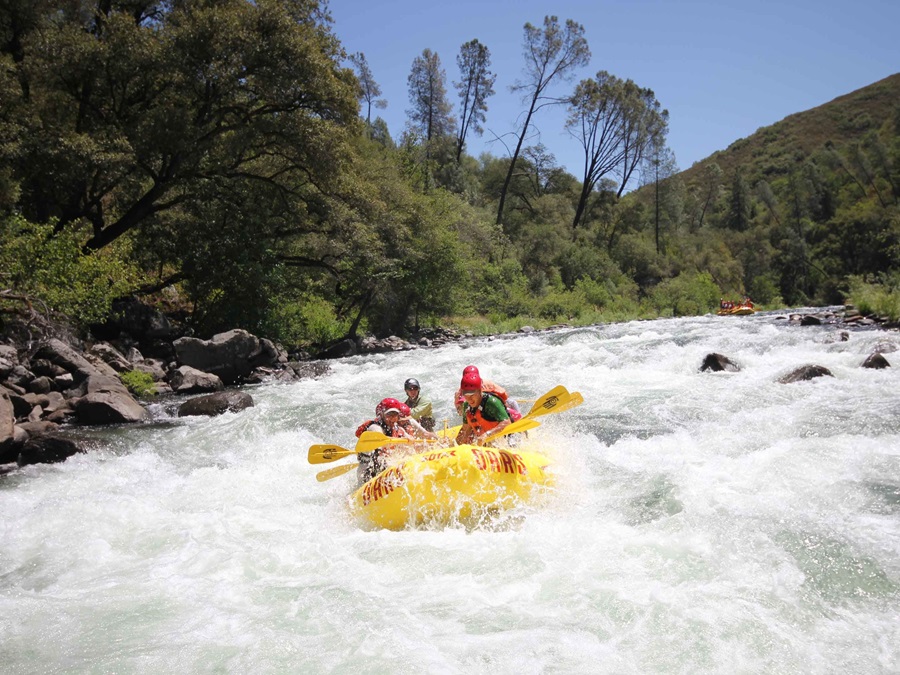Waterfall heaven
Yosemite National Park, California
Yosemite’s waterfalls and granite domes are world-renowned. Here’s how to see them at their best.
I just returned from a trip with my son to Yosemite National Park, where we celebrated his thirtieth birthday. I’d been there 12 times before, so you’d think I’d have been an expert. Problem was, the last time I visited, I was 12 years old. Yosemite logistics have changed a wee bit since then. But the scenery was better than ever.
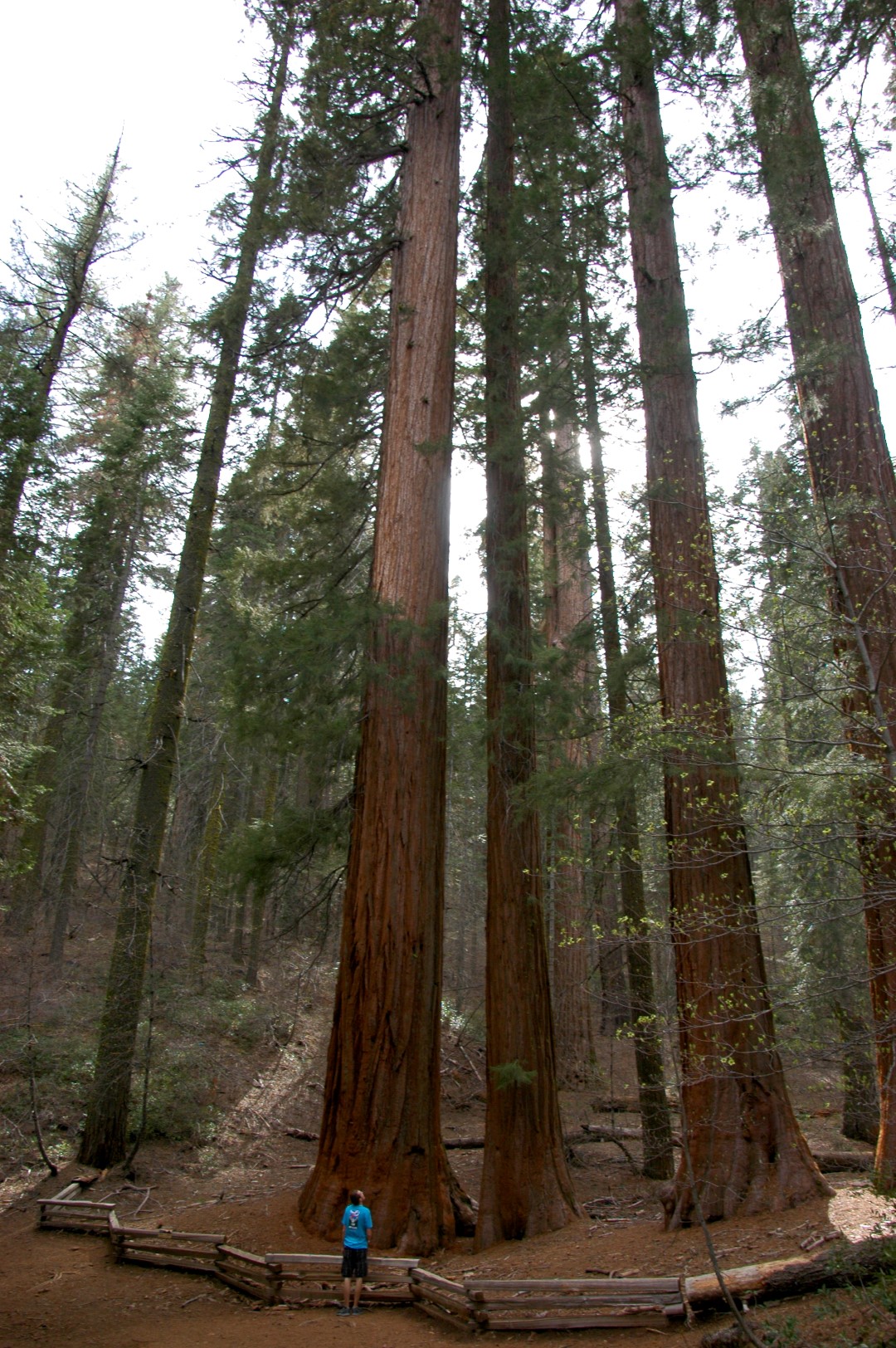
Each year, beginning before I was born and continuing until I was 12, my family car-camped in Yosemite over Memorial weekend, arriving via Tioga Pass. We stopped because the park became too crowded on that holiday weekend. My recommendation? Visit Yosemite Valley during May, but before Memorial Day, because you’ll enjoy cooler temperatures (usually in the 70s), the waterfalls will be fuller, and—most importantly—you’ll have fewer crowds. If you visit during early or mid-May, you’ll probably be landing at Madera.
Where to stay? To keep our budget low, we stayed the first night in Oakhurst, 13 miles southwest of the park’s south entrance. The Yosemite Southgate was clean and comfortable, and offered a free breakfast. The super-friendly folks at Smokehouse 41 are masters of low-and-slow-smoked barbecue. The next two nights we stayed in Fish Camp, just two miles outside the park’s south entrance, at the 1950s-style White Chief Mountain Lodge, also with a free breakfast. The Tenaya Lodge in Fish Camp dials luxury way up with elegant ambience; great dining options; a spa; and activities like archery, mountain biking, horseback riding, and a vintage steam train called the Sugar Pine Railroad. Tesla owners frequent this hotel, making good use of its Tesla charging stations.
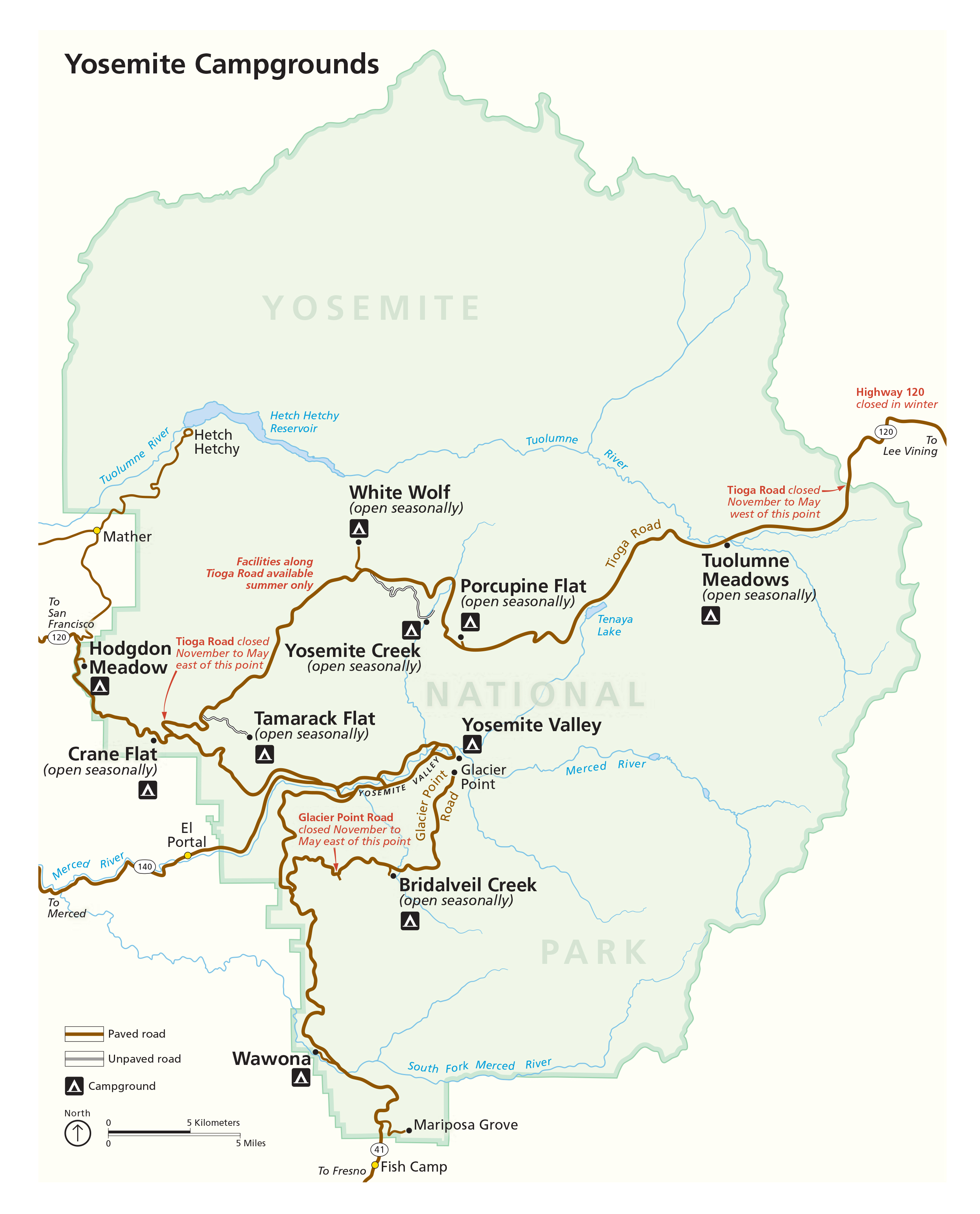
But there’s a catch to the hotels above: Fish Camp is only 2 miles from the park entrance, but it’s another 35 beautiful and winding miles to Yosemite Valley (almost an hour, see map at left). To spend less time on the road, stay in the park—if you can get a reservation. Options include the world-renowned Ahwahnee Hotel, opened in 1927 and renamed the Majestic Yosemite Hotel on March 1, 2016, due to a legal dispute between the federal government, which owns the property, and the outgoing concessionaire, Delaware North, which claims rights to the trademarked name. This is a grand hotel but expensive; proper attire is required at dinner in the dining room. The Yosemite Valley Lodge occupies a spectacular location in front of Yosemite Falls, and I actually prefer its glass-and-wood dining room, with floor-to-ceiling windows and views of the falls. They don’t take reservations, but we were seated promptly at 6 p.m. on a Friday night (May 4) and enjoyed perfect filets and a nice bottle of wine. Camping is a time-honored tradition in Yosemite. From April to September, reservations are essential and even the first-come, first-served campgrounds usually fill by noon (often earlier).
Which brings up the last set of recommendations: Whether you stay inside or outside the park, arrive at your entrance gate early or face a line of a mile or more, and a wait of an hour or more. Gates are open 24 hours so if no ranger is there, you can pay your fee on the way out or at the visitor’s centers in Oakhurst or Lee Vining, usually open late May to early October. Yosemite is justifiably world-renowned. Its valley floor contains a bounty of beauty found nowhere else. Study the valley map (see below) and plan the day’s activities ahead like you plan your flights. Note that the south and north roads around the valley are mostly one way. Be sure you exit the park via the correct road (I goofed that up one night). Arrive early for parking. You could bring your folding bike if you have one; the valley floor is flat. A free shuttle operates in the valley as well. Bring your own lunch, snacks, and drinks, so you don’t have to stand in line for a bad sandwich. The Pine Tree Market in Wawona, just past Fish Camp, is a great grocery stop, as is the Whoa Nellie Deli in Lee Vining.
Visit Yosemite before school gets out in June, during the week, early in the morning, with food, and you can enjoy some of the most beautiful days of your life! Check the photos and captions for recommended activities, and you’ll see why Yosemite is the queen of our national parks.
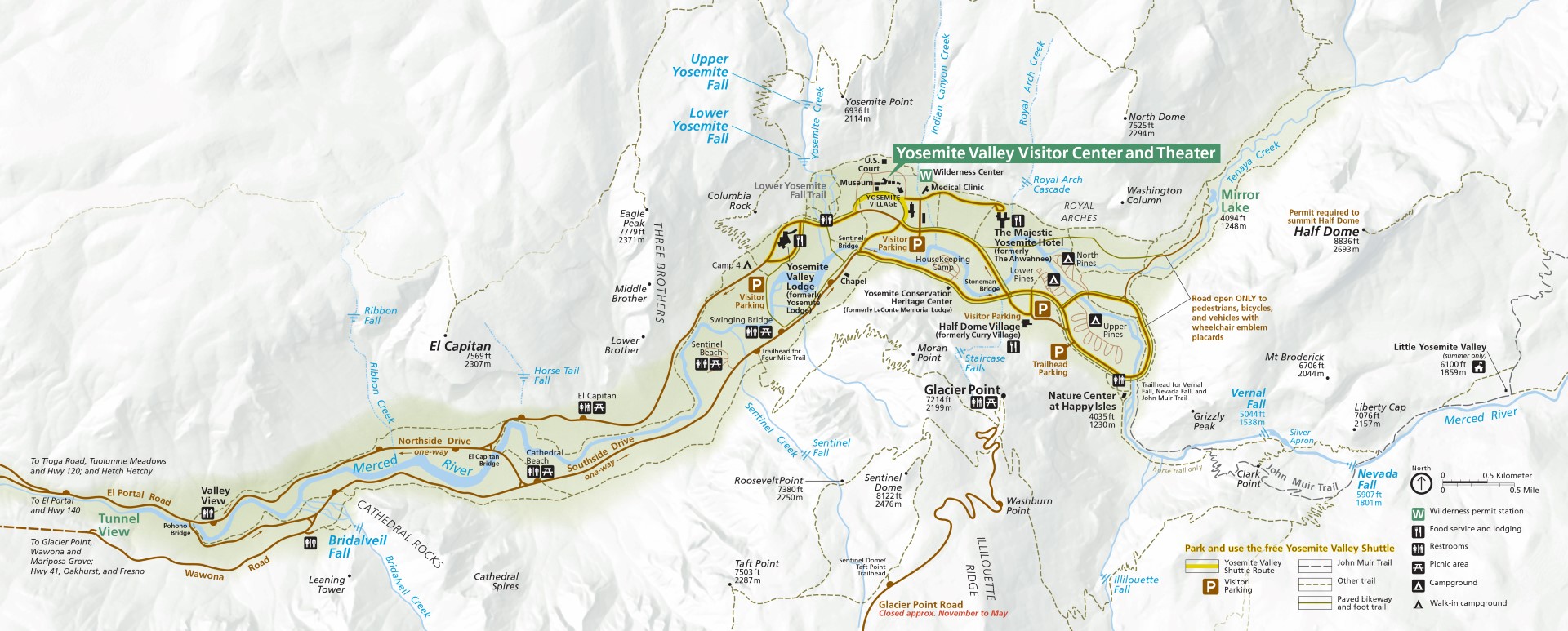
Share your favorite destination in the AOPA Hangar: Places to fly, things to do, where to eat!
